Jonathan Woodring
VDL-Surrogate: A View-Dependent Latent-based Model for Parameter Space Exploration of Ensemble Simulations
Jul 29, 2022
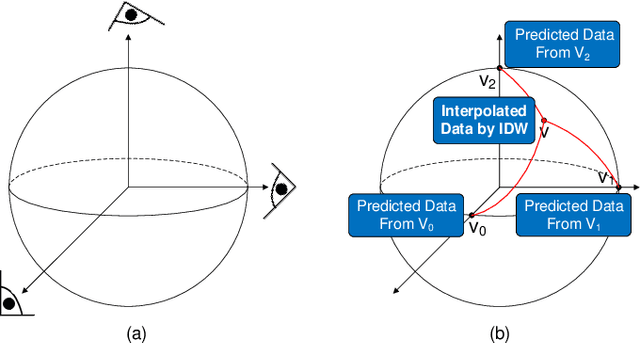
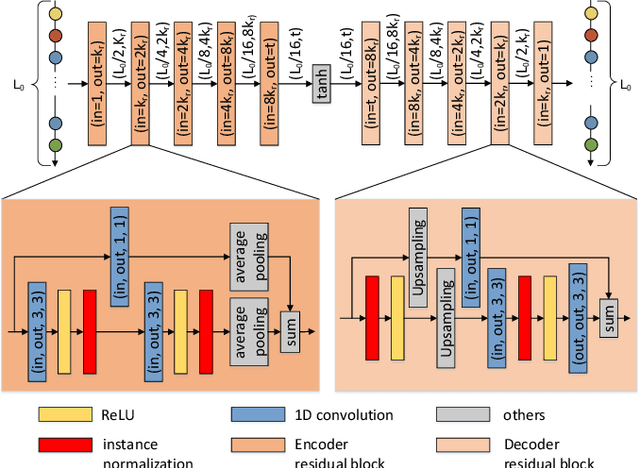

Abstract:We propose VDL-Surrogate, a view-dependent neural-network-latent-based surrogate model for parameter space exploration of ensemble simulations that allows high-resolution visualizations and user-specified visual mappings. Surrogate-enabled parameter space exploration allows domain scientists to preview simulation results without having to run a large number of computationally costly simulations. Limited by computational resources, however, existing surrogate models may not produce previews with sufficient resolution for visualization and analysis. To improve the efficient use of computational resources and support high-resolution exploration, we perform ray casting from different viewpoints to collect samples and produce compact latent representations. This latent encoding process reduces the cost of surrogate model training while maintaining the output quality. In the model training stage, we select viewpoints to cover the whole viewing sphere and train corresponding VDL-Surrogate models for the selected viewpoints. In the model inference stage, we predict the latent representations at previously selected viewpoints and decode the latent representations to data space. For any given viewpoint, we make interpolations over decoded data at selected viewpoints and generate visualizations with user-specified visual mappings. We show the effectiveness and efficiency of VDL-Surrogate in cosmological and ocean simulations with quantitative and qualitative evaluations. Source code is publicly available at https://github.com/trainsn/VDL-Surrogate.
GNN-Surrogate: A Hierarchical and Adaptive Graph Neural Network for Parameter Space Exploration of Unstructured-Mesh Ocean Simulations
Feb 21, 2022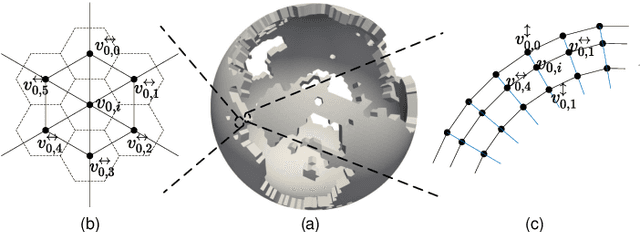

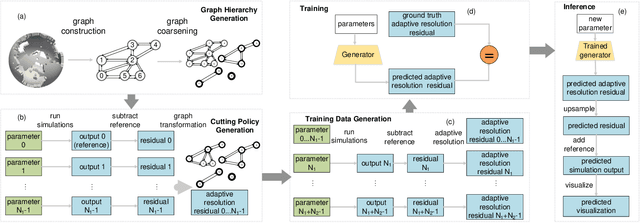

Abstract:We propose GNN-Surrogate, a graph neural network-based surrogate model to explore the parameter space of ocean climate simulations. Parameter space exploration is important for domain scientists to understand the influence of input parameters (e.g., wind stress) on the simulation output (e.g., temperature). The exploration requires scientists to exhaust the complicated parameter space by running a batch of computationally expensive simulations. Our approach improves the efficiency of parameter space exploration with a surrogate model that predicts the simulation outputs accurately and efficiently. Specifically, GNN-Surrogate predicts the output field with given simulation parameters so scientists can explore the simulation parameter space with visualizations from user-specified visual mappings. Moreover, our graph-based techniques are designed for unstructured meshes, making the exploration of simulation outputs on irregular grids efficient. For efficient training, we generate hierarchical graphs and use adaptive resolutions. We give quantitative and qualitative evaluations on the MPAS-Ocean simulation to demonstrate the effectiveness and efficiency of GNN-Surrogate. Source code is publicly available at https://github.com/trainsn/GNN-Surrogate.
The ISTI Rapid Response on Exploring Cloud Computing 2018
Jan 04, 2019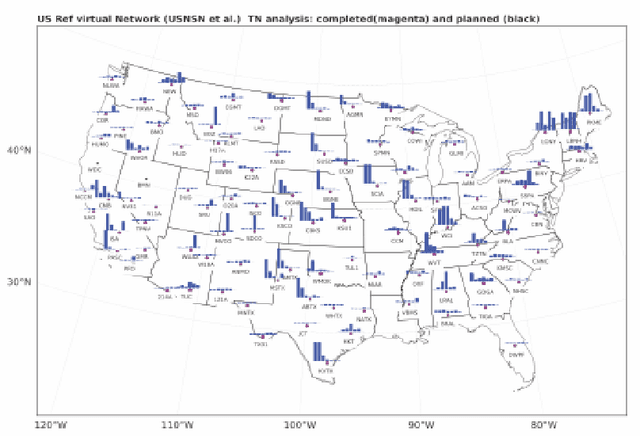

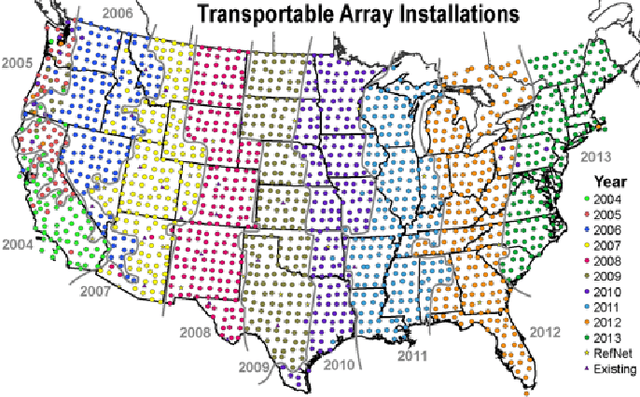

Abstract:This report describes eighteen projects that explored how commercial cloud computing services can be utilized for scientific computation at national laboratories. These demonstrations ranged from deploying proprietary software in a cloud environment to leveraging established cloud-based analytics workflows for processing scientific datasets. By and large, the projects were successful and collectively they suggest that cloud computing can be a valuable computational resource for scientific computation at national laboratories.
 Add to Chrome
Add to Chrome Add to Firefox
Add to Firefox Add to Edge
Add to Edge